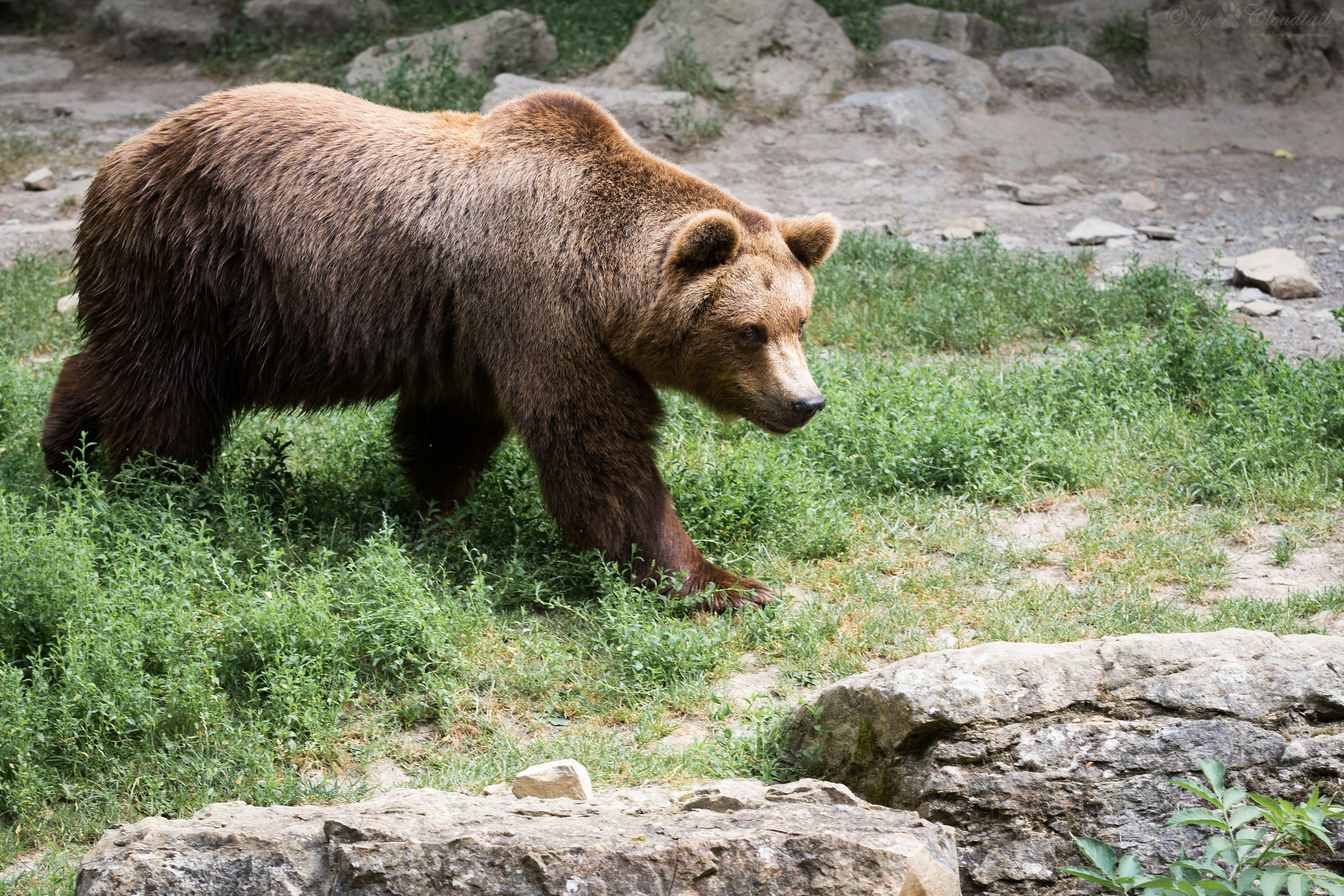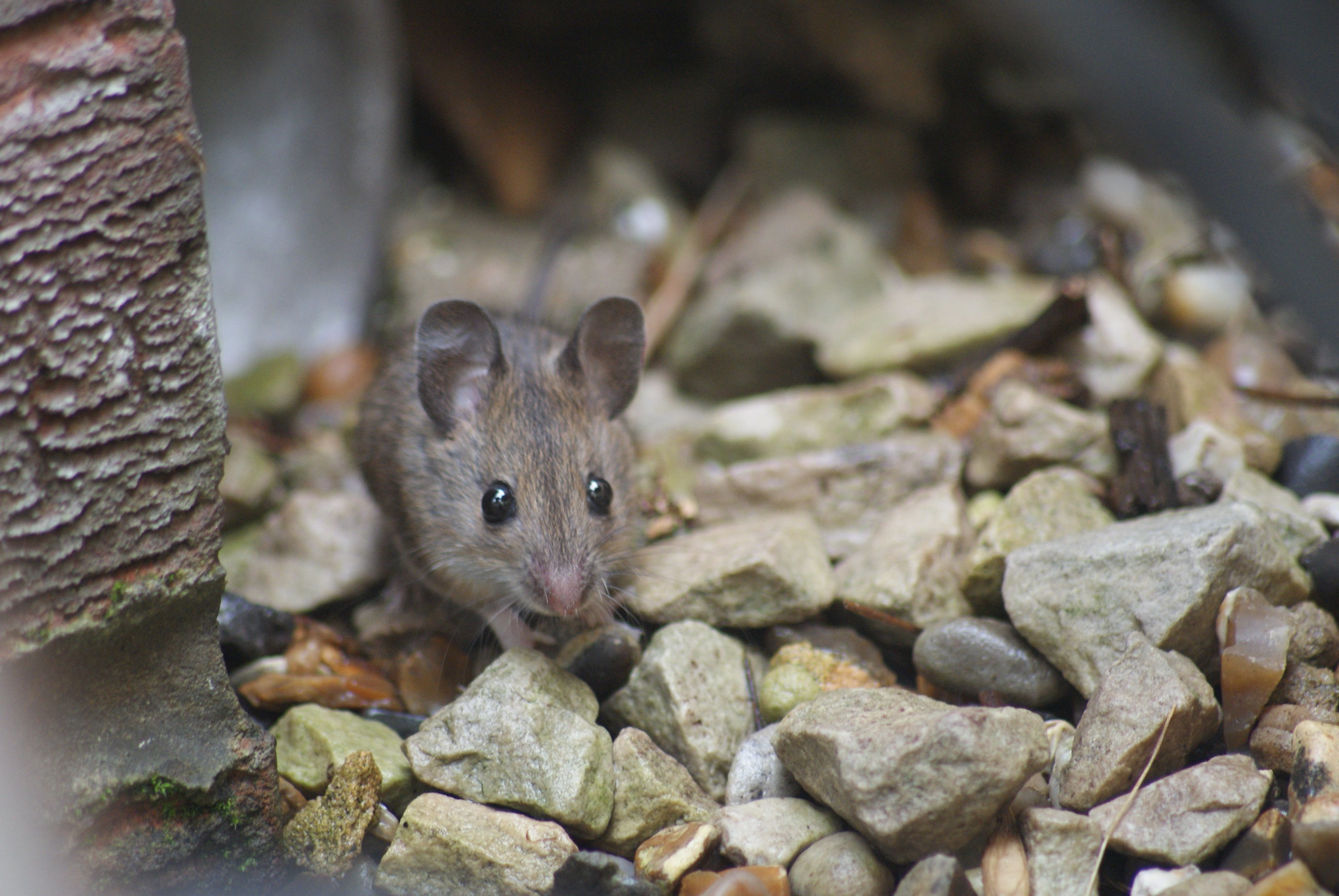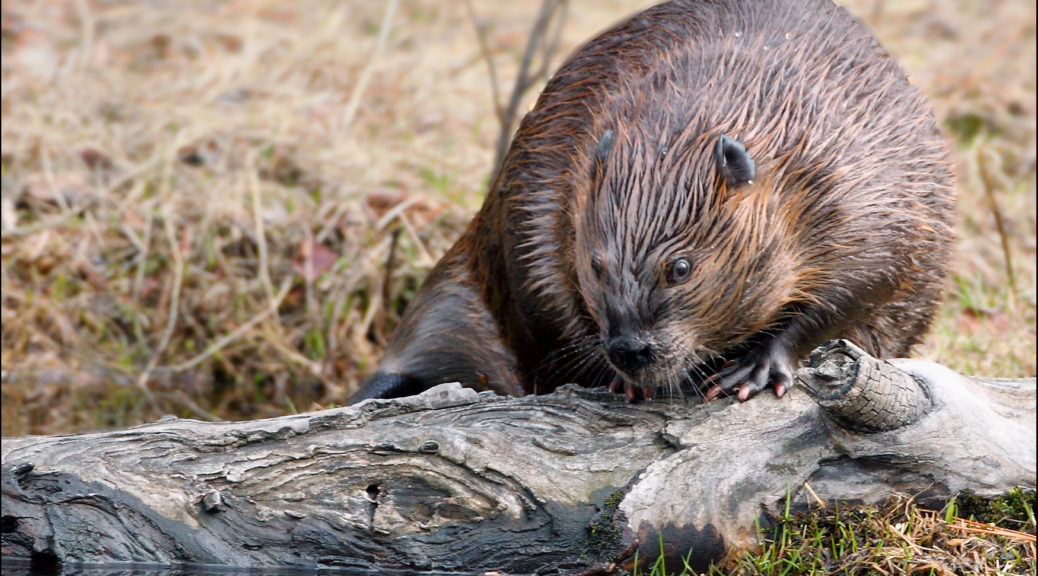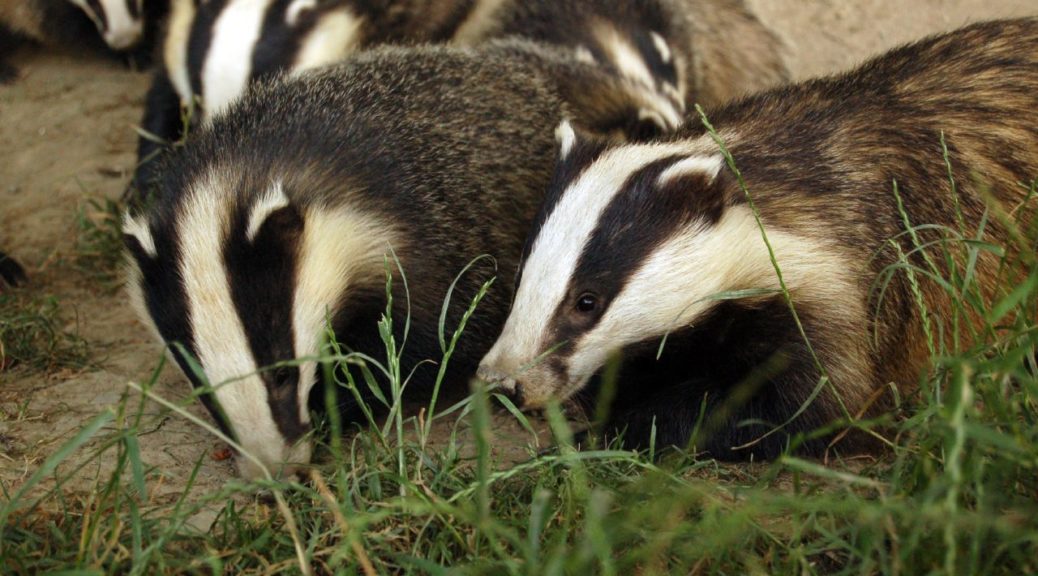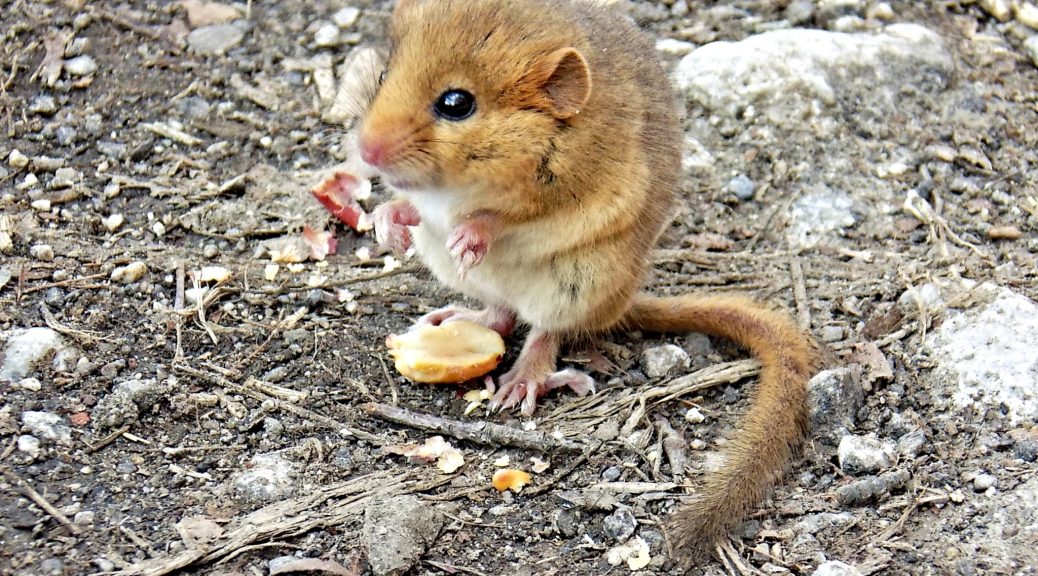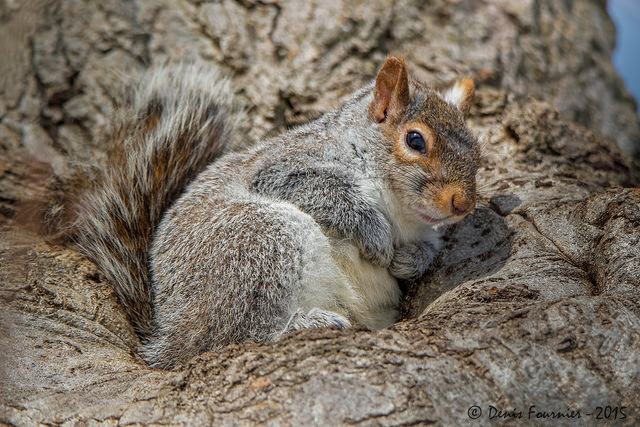 The Daily Mail reports experts from Italy and Belgium studied populations of red and grey squirrels. Grey squirrels pass parasites onto red squirrels that make them forage slowly. The presence of greys also alters the reds’ relations with their natural parasites. The team said that the pressure faced by the reds may lead to their extinction.
The Daily Mail reports experts from Italy and Belgium studied populations of red and grey squirrels. Grey squirrels pass parasites onto red squirrels that make them forage slowly. The presence of greys also alters the reds’ relations with their natural parasites. The team said that the pressure faced by the reds may lead to their extinction.
Photo by Denis Fournier under creative commons.

